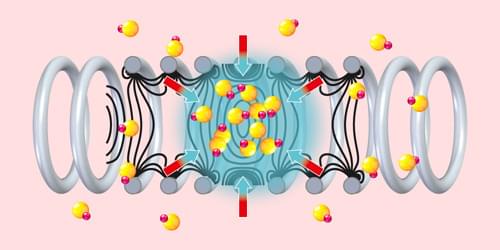Photo: The Boring Company.
The Boring Company’s tunnels are the future of transportation and while some people don’t think so, those who have had the opportunity to try them are sure of it. Skeptical, West Coast Editor of Autoweek, Mark Vaughn, went downstairs to figure out for himself what The Boring Co tunnels are all about—and whether they are as important as Elon Musk says.
Vaughn admits that he was a little skeptical before using the tunnel. He suggested that there would be long lines and too few cars, so it would be faster and easier to simply walk from the West Hall of the Las Vegas Convention Center (LVCC) to the far South Hall. However, after the “critic” descended the escalator into the underground tunnels he was a little surprised to find that the wait was only about a minute. Vaughn said he just walked up to the Tesla Model X, greeted the human driver, and immediately after the door closed, they drove away.






